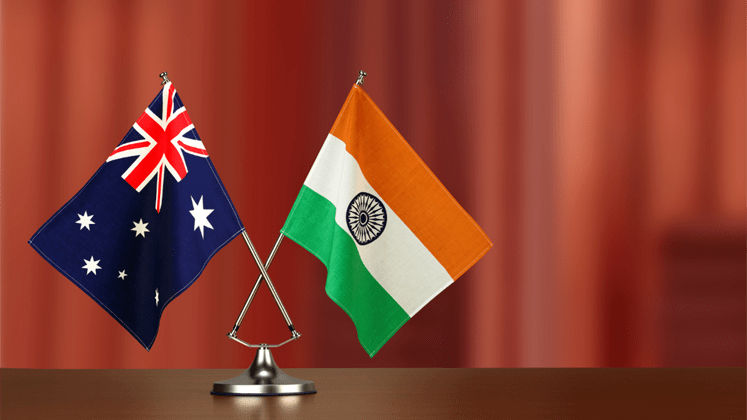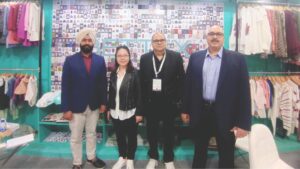
As Indo-Australia Economic Co-operation and Trade Agreement (ECTA) is going to be effective from 29th December, the thrust of the Government and apparel industry is on getting maximum advantage from this agreement.
Department of Commerce (DoC), in association with AEPC, therefore organised the first outreach programme on ECTA at Apparel House, Gurgaon where government and exporters exchanged their views to harness the best potential of the ECTA deal. Prominent members of garment trade from OGTC, ATDC, GEMA were also a part of the programme.
Parul Singh, Deputy Secretary, Department of Commerce highlighted the benefits of the deal for the apparel industry and stated, “India’s 70 per cent of textile products and 90 per cent of apparel products face a 5 per cent tariff on export to Australia vis-à-vis competitors such as China, Vietnam and Bangladesh which have zero-duty access. With the elimination of duty, India’s exports of textiles and apparel are expected to gain from US $ 0.5 billion to US $ 1.1 billion in the next three years. Further, additional capacity creation due to exports and re-investment, is likely to create additional employment of 40,000 persons per annum.”
Also Read: Australia can increase sourcing from India
This ECTA has a higher value addition of 35 per cent for specifying country of origin, which has been deliberately kept to avoid the leakages from other countries.
Sudhir Sekhri, Vice Chairman AEPC said, “India’s RMG export growth to Australia in the last five years is 11.84 per cent which is purely on account of China plus one strategy adopted by most countries. Going by this trend and FTA in play, AEPC believes that India’s apparel exports to Australia would grow by three times by 2025.”
P M S Uppal, President OGTC was of the opinion, “Time has come for us to ask the top ten Australian importers what they actually need, as most of the fabrics are not available in India. A lot of study needs to be done and Government and trade would need to walk hand-in-hand.”
Sudhir further added, “Australia is the largest importer of garments in the Southern hemisphere, while the China share of import is more than 70 per cent, India’s share in Australia’s imports comprise less than 5 per cent. It is pertinent to note that with the ECTA getting operationalised, India will have a slight advantage over Vietnam and Indonesia in the Australian market.”
SME exporters raised the issue of direct shipping lines with FTA countries and faster clearance at customs. They suggested ways on how the fabrics imports can be easily facilitated without going for an advance authorisation scheme and suggested ways for faster clearances at the ports. Issues like simplification of procedures and timely facilitation at the ports, direct shipping lines with countries having FTA, design and fashion mapping, faster adjudication process, skill mapping, etc., were also raised during this outreach programme.
The Government assured AEPC that it will look into the challenges and respond positively.






